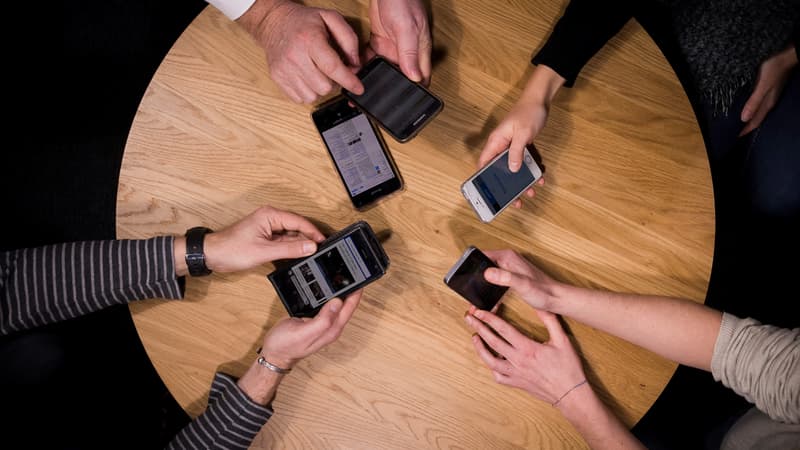Almost three-quarters of humans over the age of 10 in 2022 will have a mobile phone that will provide them with access to the Internet, and almost a third of the world’s population still lacks this international network, the UN said Wednesday.
“Mobile phones are the most common gateway to the Internet, and ownership rates serve as an indicator of Internet availability and access,” writes the International Telecommunication Union (ITU) in its annual Global Connectivity Report.
However, not all laptop owners have access to the Internet, especially in low-income countries where broadband is often too expensive. According to figures collected by the ITU, 95% of people in rich countries have a mobile phone while in disadvantaged countries the penetration rate drops to 49%.
“digital darkness”
Internet access is advancing, but at a slower speed, after the leap registered during the Covid pandemic and its confinements that forced hundreds of millions of people to work or study online.
Currently, approximately 5.3 billion people, or 66% of the world’s population, use the Internet. Almost all of those who are not connected are in the poorest countries. This percentage has risen steadily in recent years and experienced a strong “bump” in 2020, ITU chief economist Thierry Geiger told AFP.
But there is still a long way to go, because “too many people still live in digital darkness,” said Doreen Bogdan-Martin, who at the beginning of 2023 will become the first woman at the helm of this agency. “Internet access is growing, but not as fast and evenly around the world as it should be,” she added, in a statement to the report.
The cost
A benchmark measure of Internet access is the average price of mobile broadband services, which are typically less expensive than fixed access. These median prices have fallen from 1.9% of gross national income per capita to 1.5% in 2022.
But the cost is still too high for a large number of consumers in low-income countries where a mobile database plan costs 9% of average income. That’s far more than the percentage rich countries pay for similar services, according to the ITU, which has called on all countries to ensure affordable broadband access, which it defines as costing less than 2% of national income. monthly gross per capita.
Geiger notes that while the cost of connectivity appears to continue to fall, rising prices for basic necessities could force many people to go offline.
Although Internet access is increasingly seen as an essential service, “food still prevails,” he said. We will have to wait until next year to see the possible effects of the current crisis.
The persistent digital divide between rich and poor and also a gender gap. While women make up about half of the world’s population, some 259 million fewer than men have access to the Internet and only 63% of women go online compared to 69% of men, says the report. .
Source: BFM TV


